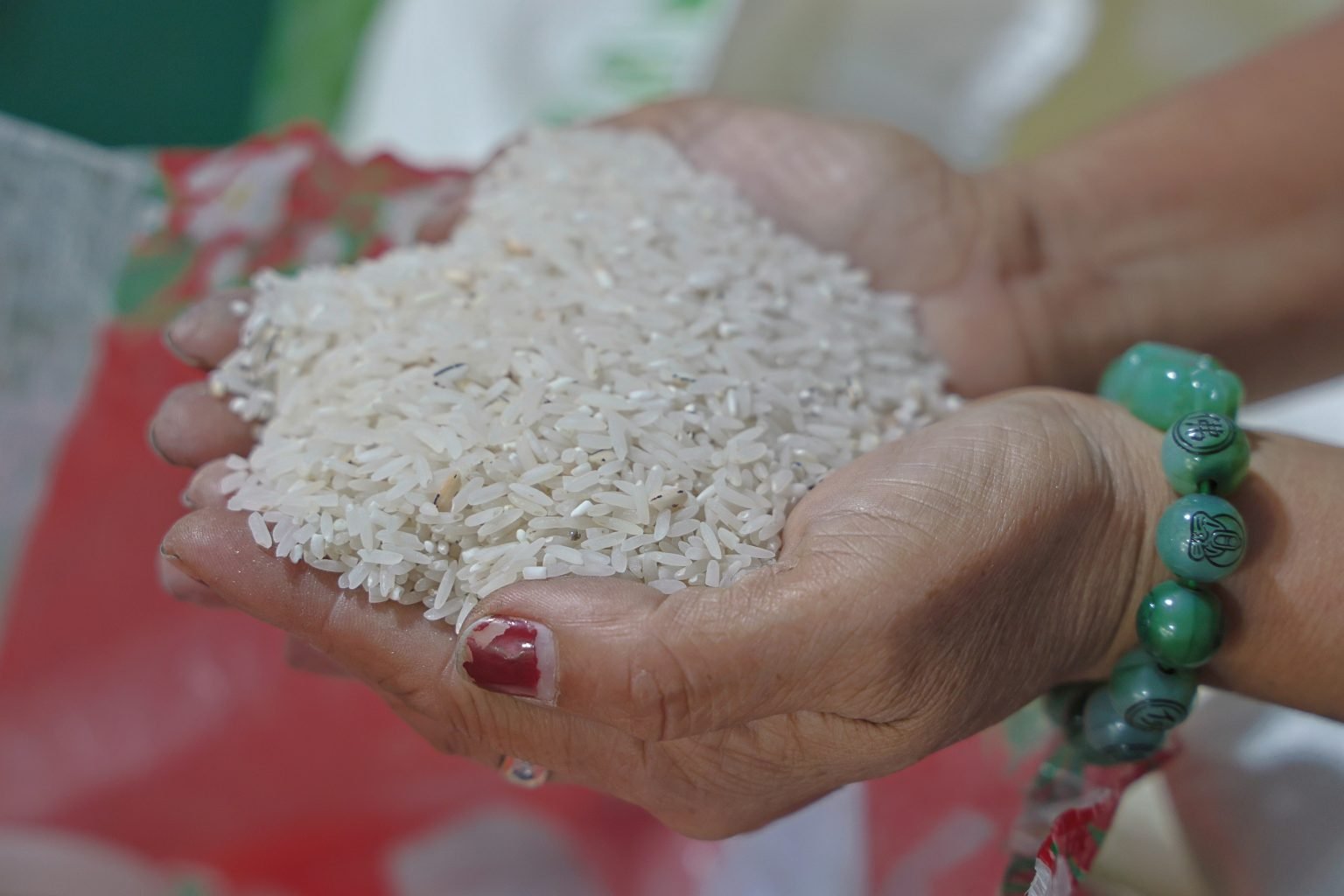Monday, 27 October 2025
Philippines to distribute rice instead of cash grants to poor Pinoys
According to the Philippine Statistics Authority, the high cost of rice has tempered the sharp decline in January inflation to 2.8 per cent due to lower cost of food, transport…

According to the Philippine Statistics Authority, the high cost of rice has tempered the sharp decline in January inflation to 2.8 per cent due to lower cost of food, transport and utilities
The Philippines Department of Agriculture is coordinating with the Department of Social Welfare and Development to directly supply poor Filipinos with rice instead of giving them cash grants to ease market pressure on the national staple.
Agriculture Undersecretary for Operations Roger Navarro told in a news briefing in Malacañang that the DA and the DSWD are working out the details of possibly converting some of the cash grants to 4Ps beneficiaries into rice so that poor Filipinos don’t have to buy higher-priced rice in the market.
Navarro said that by doing so, the government could ease demand for rice in the market by 20 per cent, lowering inflationary pressure.
According to the Philippine Statistics Authority, the high cost of rice has tempered the sharp decline in January inflation to 2.8 per cent due to lower cost of food, transport and utilities. Inflation in December stood at 3.9 per cent.
Food, beverage and tobacco account for 74.5 per cent of the basket of goods consumed by the bottom 30 per cent of Filipino households—the poorest of the poor who are the main beneficiaries of the government’s 4Ps program. Of that consumer basket, rice accounts for 17.87 percentage points– double the weight in the basket of goods for all income households at 8.87 per cent.
Usec. Navarro said the Philippines has ample rice supply due to a bumper harvest last year and additional importations that arrived since January. But it’s difficult to reduce prices since the cost of the grain even in rice exporting countries like Vietnam and Thailand– the Philippines’ main rice suppliers– are also elevated at P48 and P52 per kilo, respectively, he explained.
“The challenge is not the price of rice but more of stabilising supply,” Usec. Navarro said. He noted that the Philippines consumes around 37,000 metric tons of rice per day and needs to import around 300,000 tonnes every month to supplement local production. As of Wednesday, Navarro has imported a total of 590,000 metric tonnes that will complement local output when harvest season starts in the coming months.
Technology
Nestlé’s next-gen SAP Core unlocks new agility, AI insights and operational excellence
Oct 27, 2025 | Company News
Australia releases toolkit to advance gender equity across wine sector
Oct 27, 2025 | Australia
From Ocean Waste to Sustainable Nutrition: Inside EU’s MARMADE Project
Oct 27, 2025 | Europe
Food Testing
Thermo Fisher Scientific launches Orbitrap mass detector for food safety testing
Oct 24, 2025 | Company News
ADM advances quality capabilities with opening of new Central Milling Laboratory
Oct 16, 2025 | Company News
South Australia now tomato virus free
Oct 13, 2025 | Australia
More Popular
Nestlé’s next-gen SAP Core unlocks new agility, AI insights and operational excellence
Oct 27, 2025 | Company News
European Commission approves merger between FrieslandCampina and Milcobel
Oct 27, 2025 | Company News






